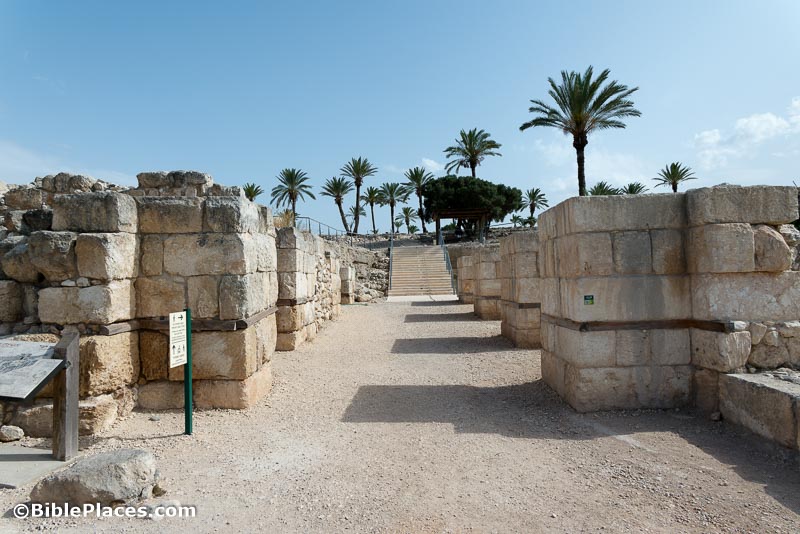Archaeologists have discovered a large Early Bronze site on the outskirts of Beit Shemesh.
“Israeli researchers have posited a possible scientific explanation for the Christian ‘miraculous catch of fish.’”
A new study suggests that the faience head discovered at Abel Beth Maacah was “probably meant as a votive offering that depicted the person who was making the offering to the deity represented by the standing stone.” While the identity of that person has not been determined, they suggest it was either a king or a noble, but it is not clear if this individual was from Israel, Aram, Tyre, or Sidon.
Aren Maeir took a small team out to Gath for a one-week fall season.
A severe drought in Israel has led to a poor olive harvest this year.
Matthieu Richelle’s views of literacy in ancient Israel and Judah is the subject of an article in The Jerusalem Post. The academic article on which it is based may be found here.
Wayne Stiles is hosting a live Zoom walk-through on sites in the Old City of Jerusalem on November 4. Register here.
The 100th episode of This Week in the Ancient Near East looks at the question of how long Hezekiah reigned given evidence from tiny seal impressions.
Now on Digging for Truth: Isaiah: The Top Ten Archaeological Discoveries, with Bryan Windle
Hybrid lecture at the Albright on Dec 7, 5:00 pm local time, 10:00 am EST: “Staying on the Surface at Qadas,” by Rafi Greenberg (Zoom)
Over the past year, Hans Kristensen has written a number of well-documented articles on The Bible, Archaeology, and History blog, including:
- Is the Biblical Depiction of Goliath’s Armour and Weaponry Historically Accurate?
- Was the David and Goliath Story a Myth Based on Homer’s Illiad?
- The Mesha Stele and the Historicity of 2 Kings 3
- Is There Archaeological Evidence for Solomon’s Kingdom? A Response to Israel Finkelstein’s Low Chronology
- Was Khirbet Qeiyafa a Davidic Fortress?
For sale on Kindle: Ultimate Guide to the Holy Land: Hundreds of Full-Color Photos, Maps, Charts, and Reconstructions of the Bible Lands. I don’t know anything about this book beyond what is online, including that there are “more than 500 full-color maps, images, photos, and reconstructions.” The book is 1,260 pages long, no author is listed, and the sale price (today only?) is $6.55. The book may look nice on the new color Kindle.
HT: Agade, Gordon Franz, Wayne Stiles, Joseph Lauer
